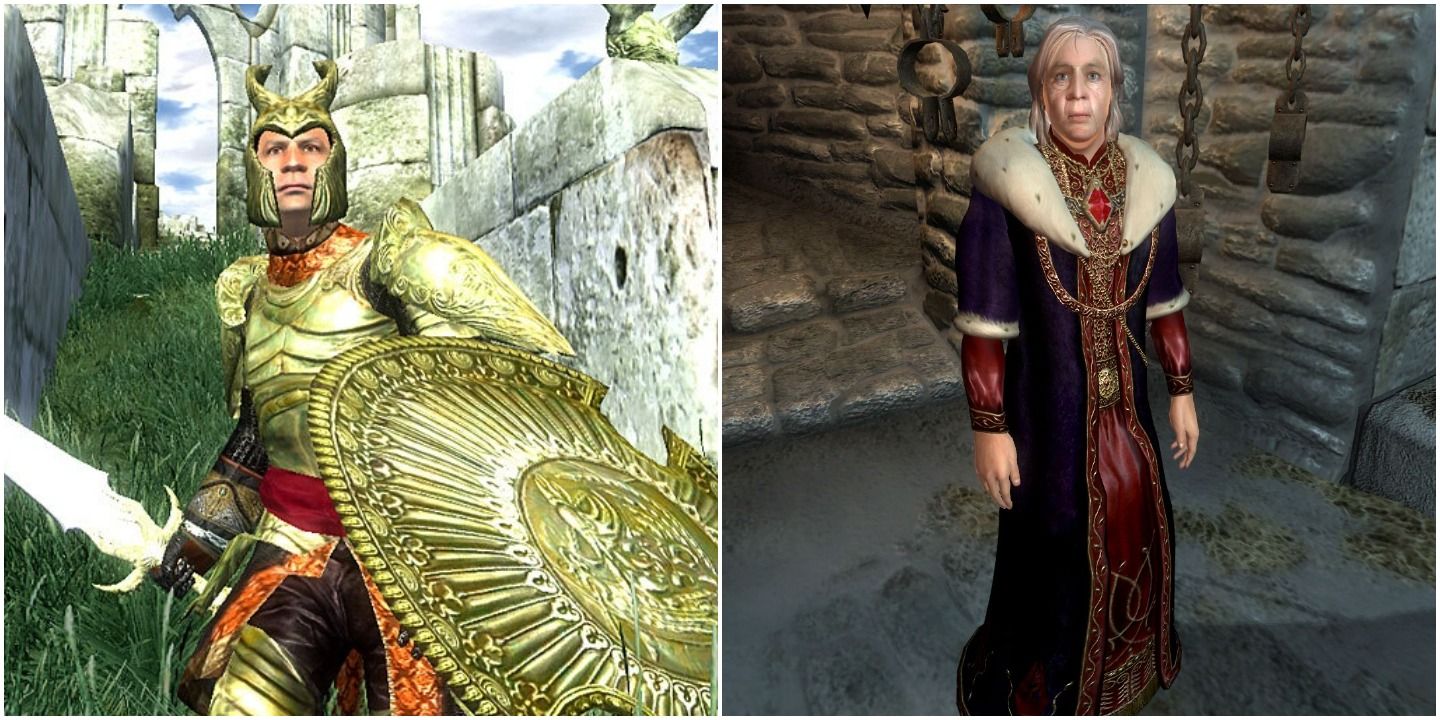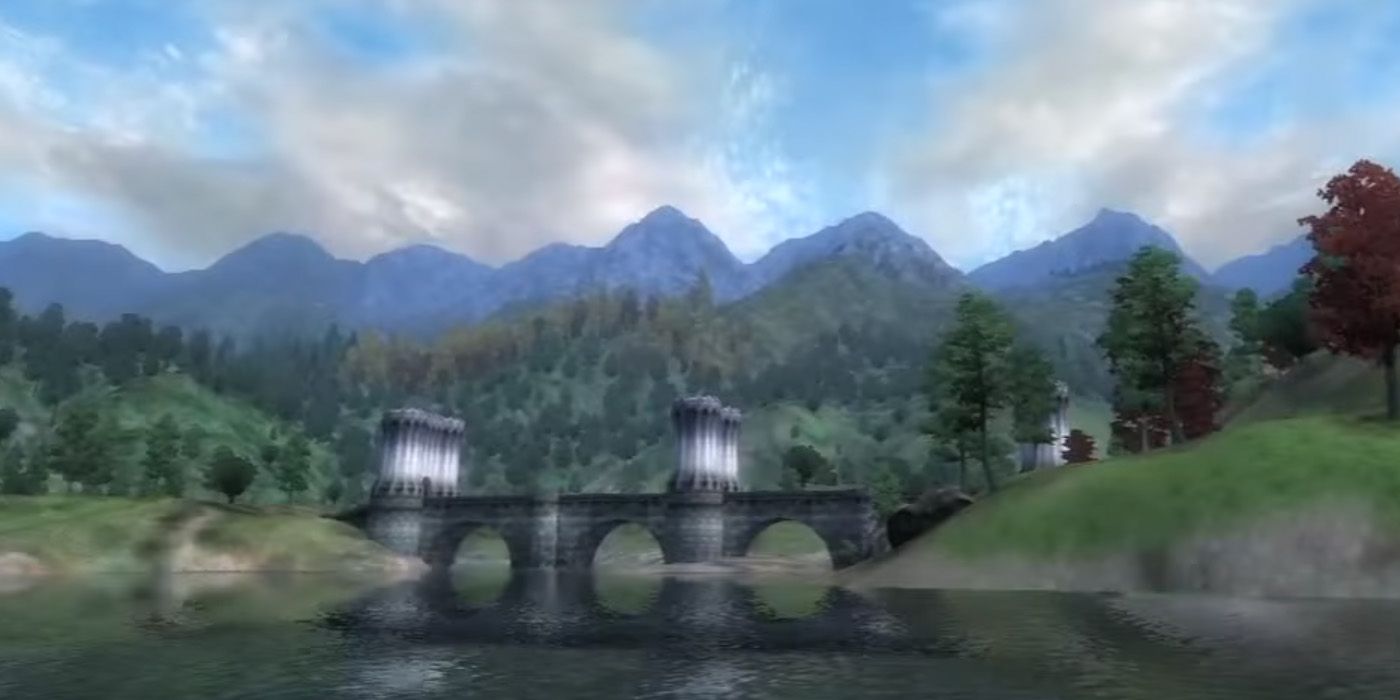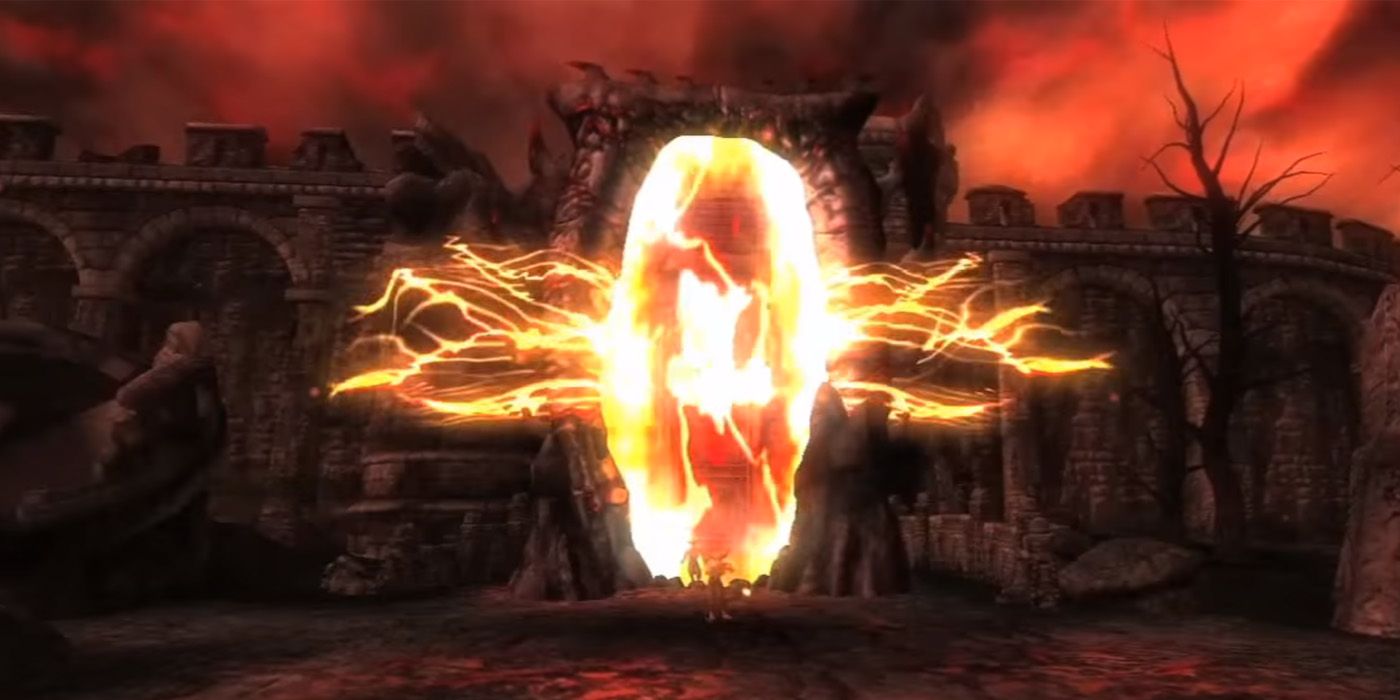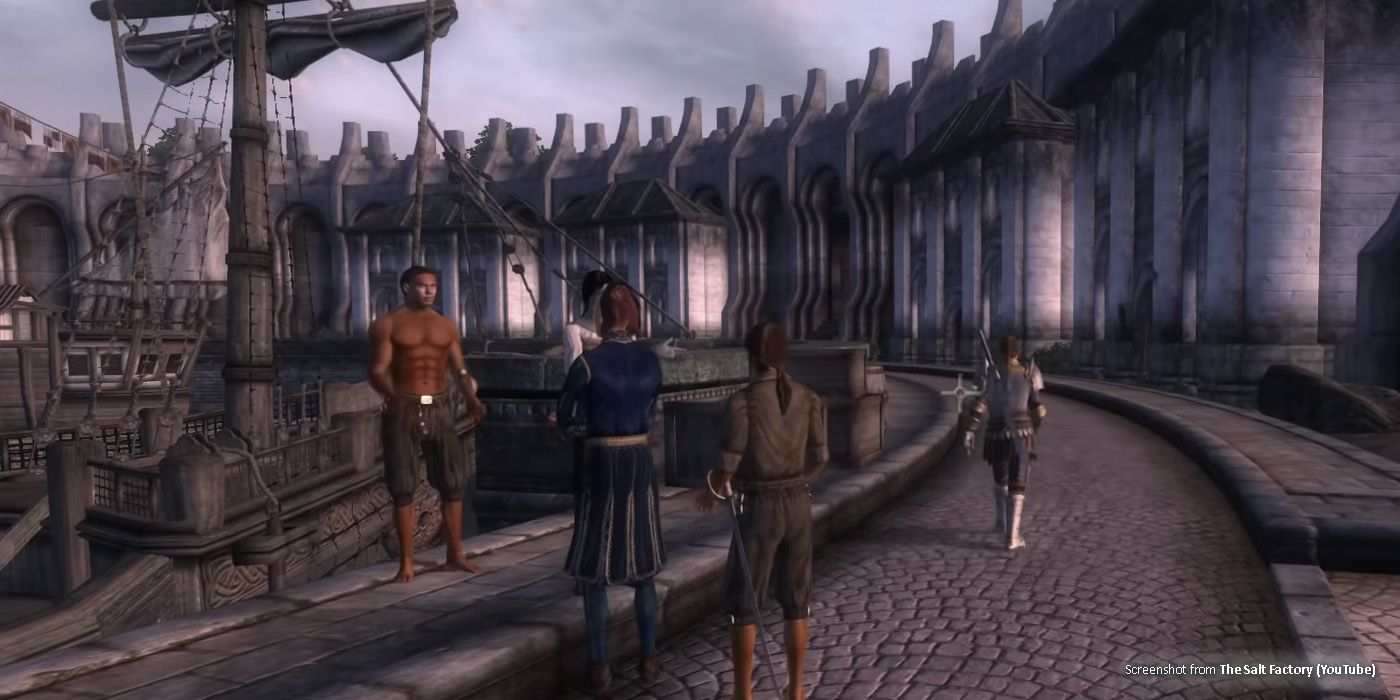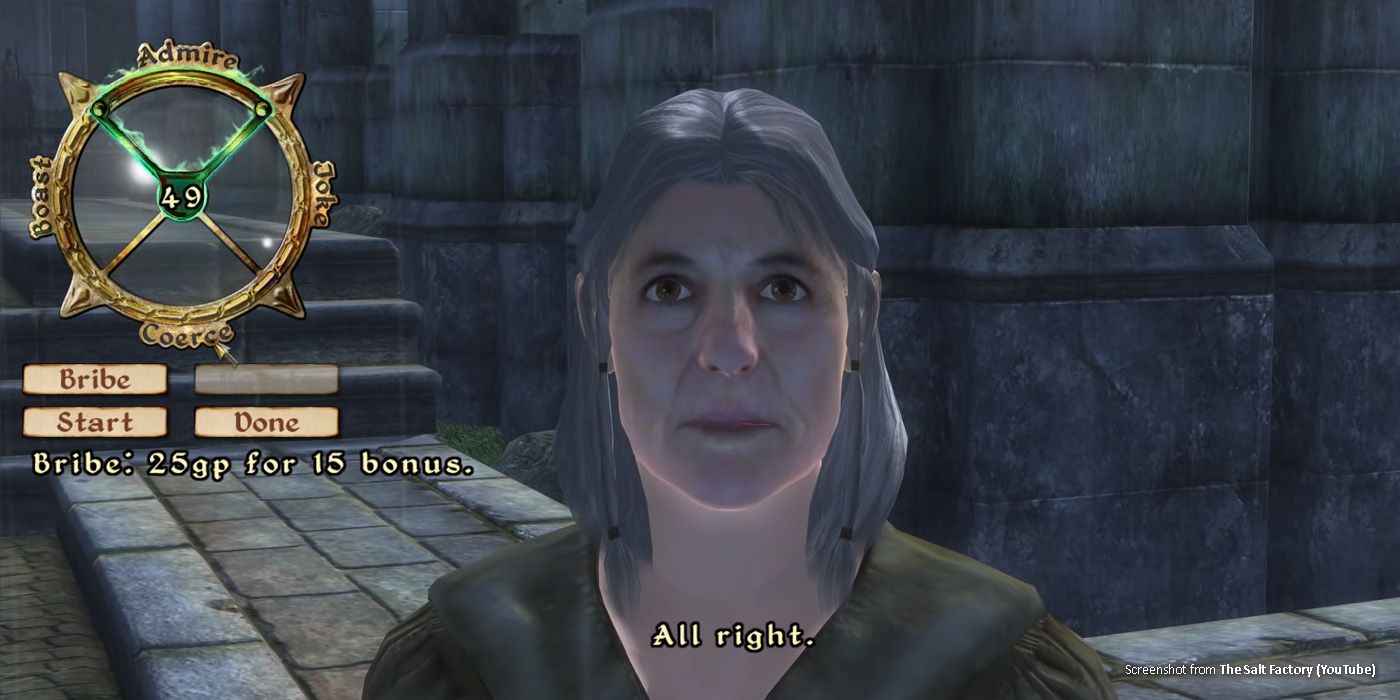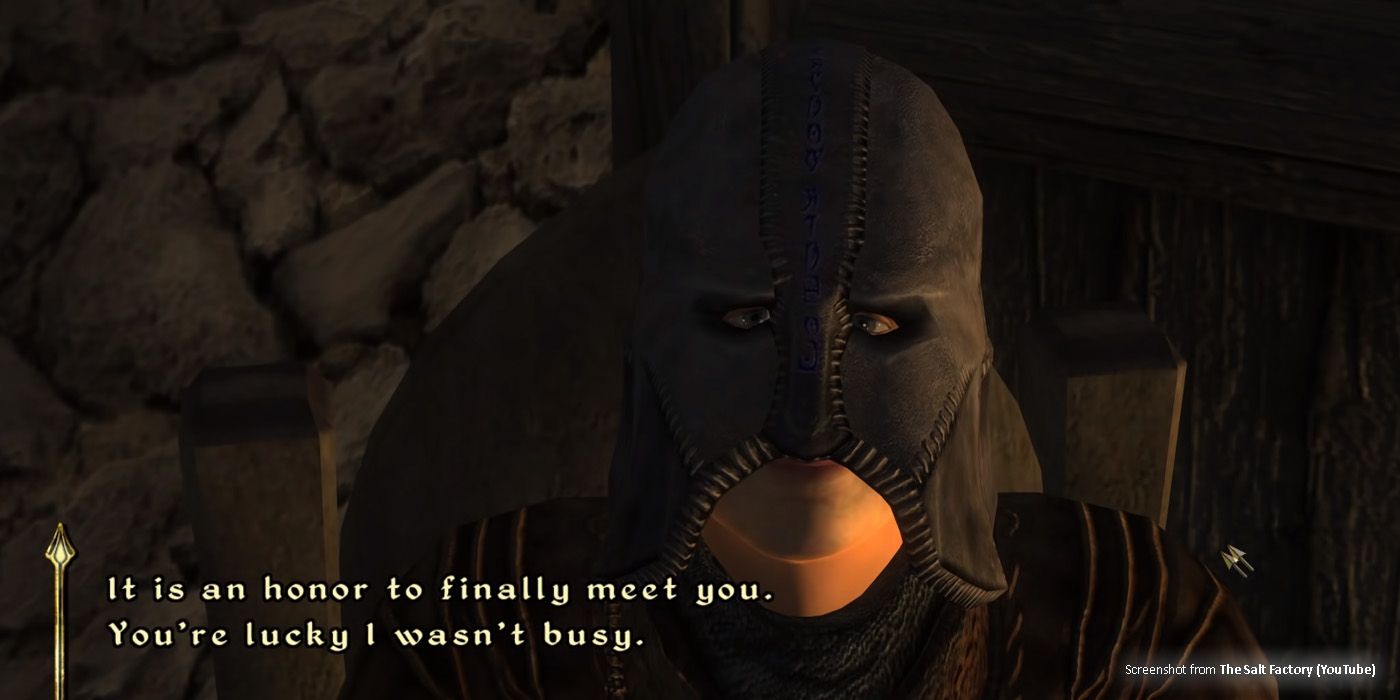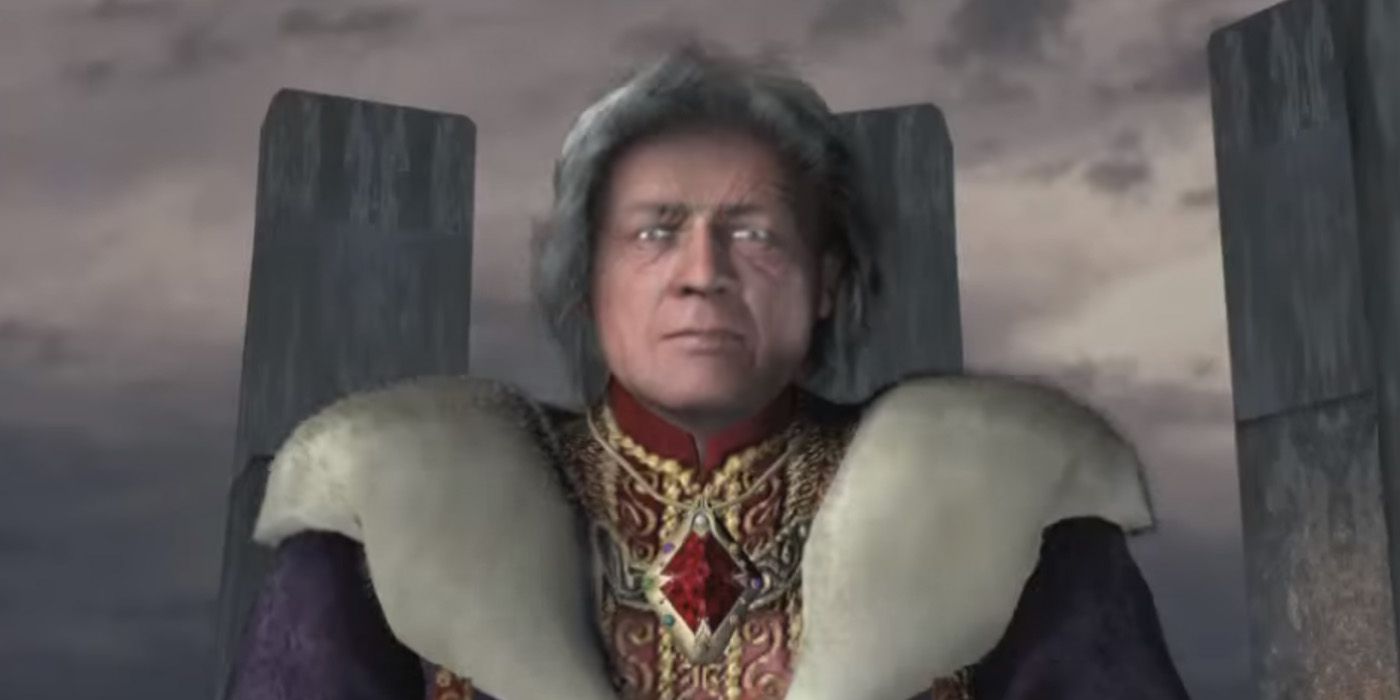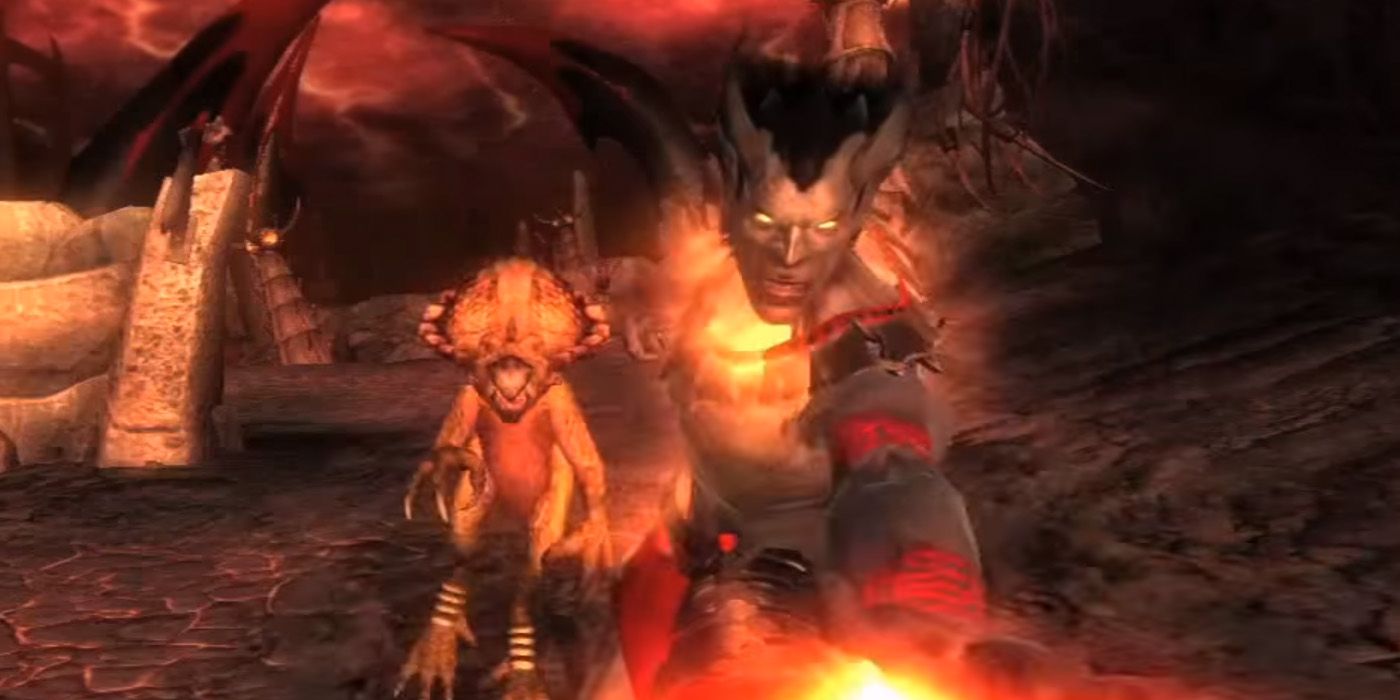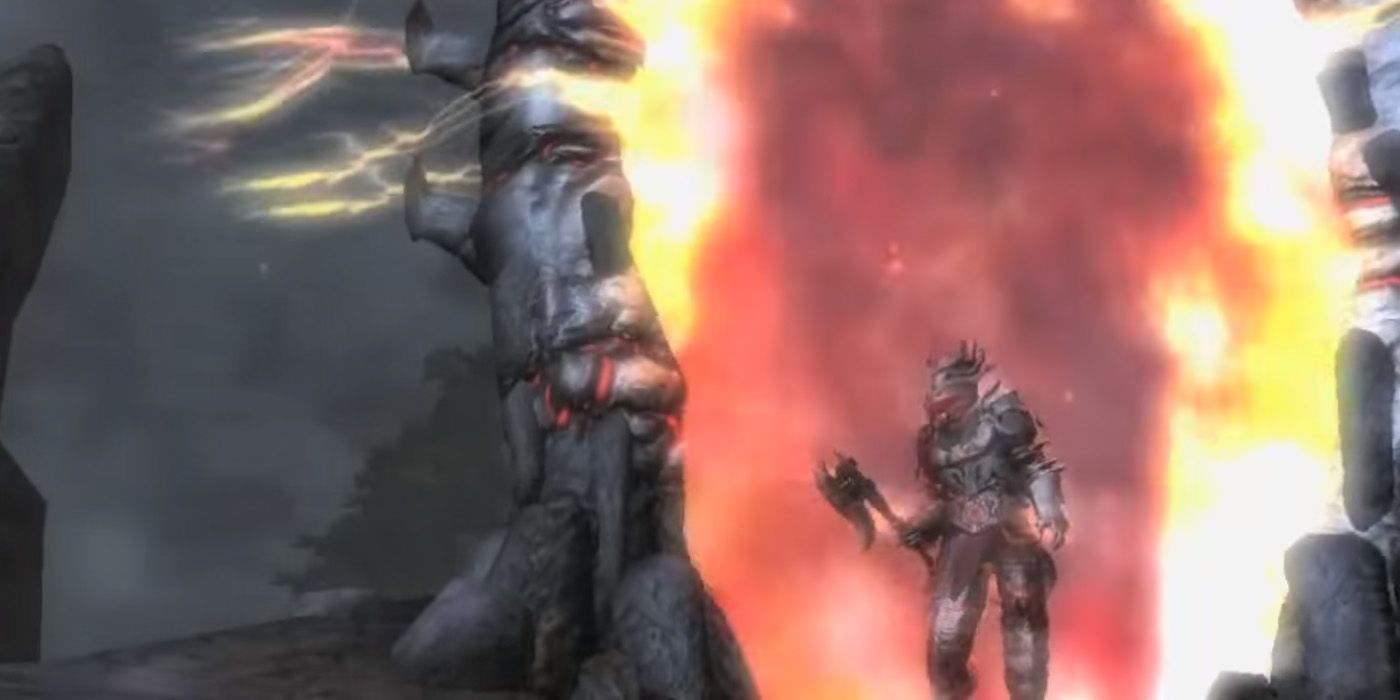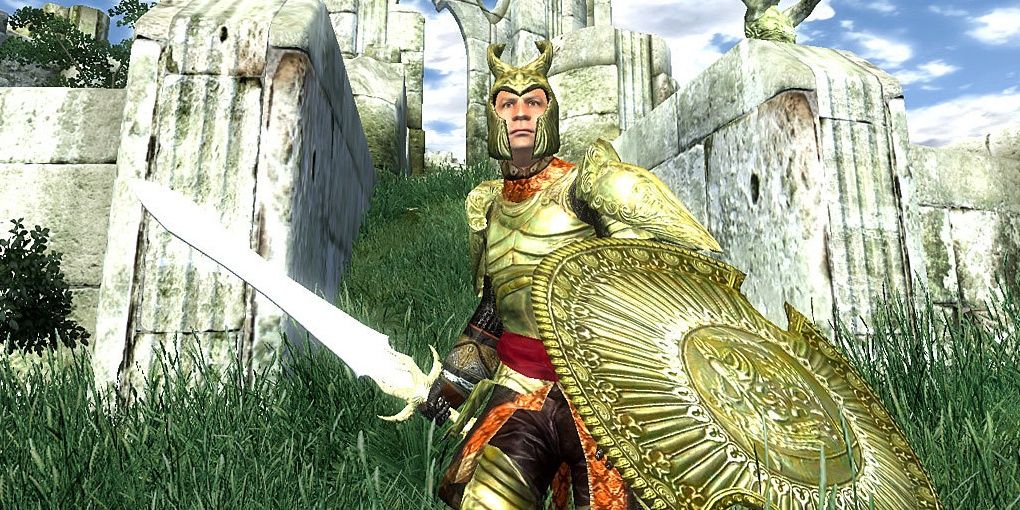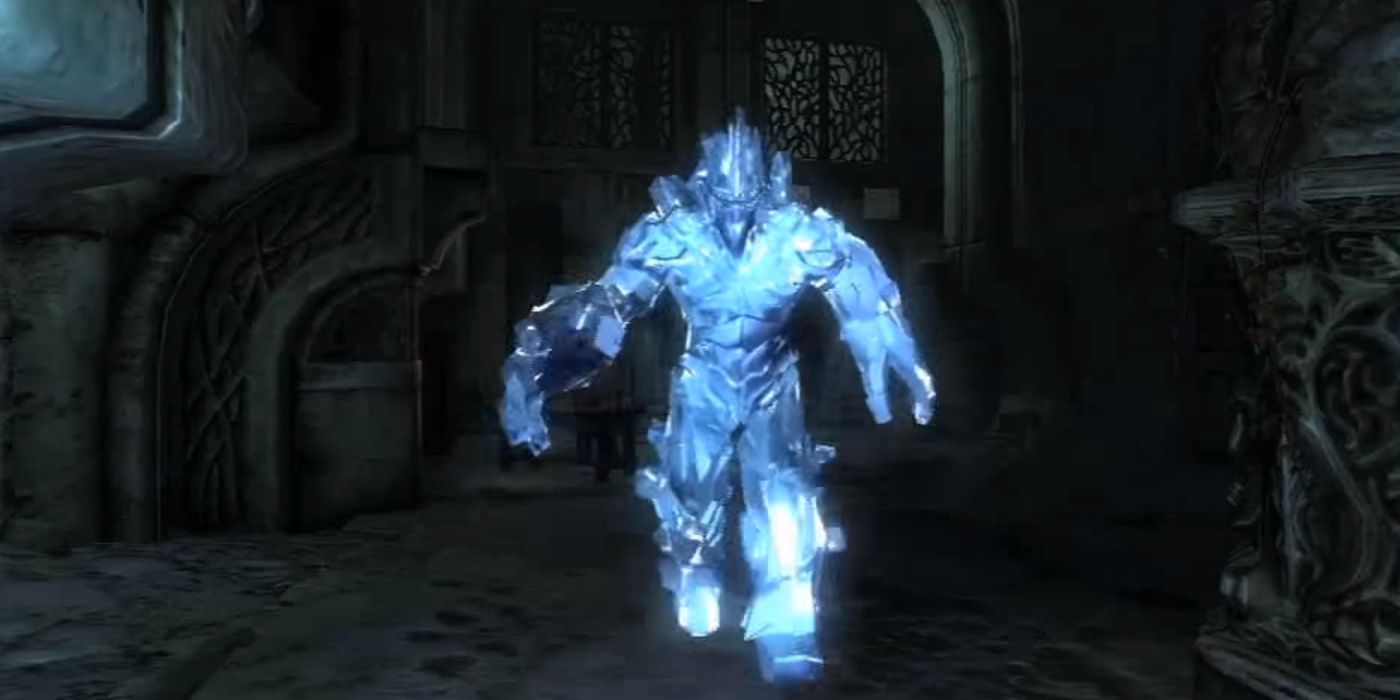At the time of its release, The Elder Scrolls IV: Oblivion revolutionized the way people looked at RPGs. Moreover, as a 2006 title, nothing matched Bethesda's gem. In fact, some RPG enthusiasts might have said its predecessor, Morrowind, seemed to be the one thing close enough to match Oblivion's remarkable approach to open-world gameplay and its story at the time. As such, players aren't surprised to see how Bethesda experimented with Oblivion's best and worst features when creating the follow-up Skyrim.
However, regardless of how popular Oblivion was, fans tend to be less than shy in noting that the game had its fair share of quirks. Moreover, outside its richly-detailed world and dynamic combat resulted in things and situations that just strike players as... odd. In fact, some eagle-eyed fans might notice that, after a couple of playthroughs, certain things in Oblivion just don't make sense.
10 The Setting Itself
The game's captivating atmosphere and visuals will drag players into Cyrodiil and its massive game world. Granted, Oblivion is perhaps one of the most visually-striking games in the entire franchise. Unfortunately, fans might find it difficult to take some of the game's storylines seriously given the extremely calm and peaceful nature of the region.
Moreover, it doesn't help the fact that Oblivion's visuals defy the teased description of Cyrodiil in the previous games. According to lore, the fact that Cyrodiil is a melting pot of Tamriel's various cultures means there are bound to be tensions between races, cultures, and religions in the region. Unfortunately, these things barely make it to the game. In fact, most citizens - even factions supposedly at odds with each other - seem to be very much at peace.
9 Not-So-Urgent Main Quest
One of the highlights of Oblivion would be its compelling main story. Unfortunately, the game didn't do a great job emphasizing the urgency of the main quest. To recap, Oblivion begins when the player, a prisoner, accompany the Emperor through Cyrodiil's dungeons. In an unfortunate turn of events, the Emperor gets assassinated, and the player is tasked to give the Emperor's amulet to his last-remaining son in order to avert a cataclysmic crisis.
The game then prompts players that they're free to explore the world and continue the main quest as they please. Granted, Bethesda may want to keep its reputation of having worlds that don't constrain players. However, giving players a quest that seems urgent and then undermining it a few minutes later does break immersion.
8 Radiant AI
Players who loved Oblivion were likely impressed by Bethesda's new Radiant AI system at the time. Unlike other RPGs, Radiant AI "gives life" to all of Oblivion's NPCs. In essence, all of them have routines and schedules to follow. Interestingly, this idea makes Cyrodiil feel alive - after all, all NPCs have preprogrammed responses and scripts. They find beds to sleep, attack when prompted, or even steal food when necessary.
However, much of Radiant AI can break immersion once players dwell on it too much. For instance, some NPCs end up having predictable routines where they stand or stay in a corner of a room. Some gamers argue that instead of Radiant AI, perhaps Oblivion needed more NPCs in the highly-populated region with simpler routines.
7 This NPC Is Familiar
Players can encounter close to 1,000 NPCs in Oblivion. Moreover, all of these NPCs are fully-voiced, adding a unique sense of depth to the overall experience. After all, Morrowind, although it had more NPCs, didn't have fully-voiced dialogue options. However, Oblivion's NPCs lose their shine when players try to scrutinize their favorite NPCs.
Firstly, fans both love and hate Oblivion for its weird NPC dialogue. In fact, some players create images and memes just describing Oblivion's wacky NPCs. Moreover, the full 1,000+ NPCs are only voiced by around 20 people, 3 of whom have exclusive roles. These include Patrick Stewart as Emperor Uriel Septim VII and Sean Bean as Martin Septim.
6 A Sheep In Wolf's Clothing?
Speaking of wacky NPCs, clothes and uniforms don't seem to matter to the NPCs in Oblivion. For instance, players can go around Cyrodiil wearing the uniform of the Dark Brotherhood without any repercussions — this is a bit off, considering the Dark Brotherhood is an organization Tamriel's citizens fear because of their assassins and illegal activities.
Much in the same token, players can wear a robe of the Mythic Dawn, the primary antagonist faction, and not garner any reactions from other NPCs. However, players who wear the Gray Fox's Gray Cowl of Nocturnal will have some citizens recognize them as the thief-leader of the Thieves Guild at the very least.
5 Essential NPCs
In Oblivion, certain NPCs are recognized as essential NPCs. In turn, this means they can't be killed, only knocked unconscious. Granted, this idea seems to be a great way to ensure that NPCs with important roles won't accidentally turn up dead en route to a destination and ruin the main storyline.
However, this does take a lot of control away from the player, especially when Morrowind did allow the Nerevarine players to kill any NPC they want and ruin entire quest chains. Moreover, lore-wise, it doesn't make sense for Martin to be unkillable but for his father to be killable in a cutscene.
4 World Has Level Scaling
Players who explored much of Oblivion will likely appreciate its attempts to improve its overall gameplay. However, one thing they might not exactly like comes in the form of the game's level-scaling system — the world's creatures and NPCs scale in level according to the player, a common solution in RPG difficulty curves.
For instance, players who return to a starting dungeon might wonder why their level 5 rats suddenly become level 20 mercenaries with rare Daedric armor. Granted, this means players will always encounter challenges regardless of how they proceed with their quests, and there's always the option to adjust the difficulty slider. However, this implies players will never be optimally "stronger" than their enemies.
3 Being Optimal Hurts
Level scaling in Oblivion would work if it weren't for the game's inefficient leveling. As per The Elder Scrolls standard, mastery over skills influences how characters level up. This means that players increase skills the more they use them. Unfortunately, "chill playing" the game will likely make level-scaled opponents much difficult for sub-optimal characters. Moreover, unlike other games, optimized builds should begin as early as players make their characters.
In essence, players level up when they get 10 increases in any combination of major skills. Moreover, their Attributes (and therefore efficiency in skills) gain bonuses based on how many major and minor skills a player increases before leveling up. Unfortunately, maximizing this system requires intense planning on the player's part, which can ruin the thrill in the game.
2 Equipment Scaling
Items in Oblivion almost hold no value due to the level scaling system. After all, the stronger the player, the stronger enemies get - including their equipment. For instance, hard-to-get armor such as Daedric Armor can be obtained as soon as players reach a high-enough level. On paper, this concept works.
In practice, this can look a bit silly. After all, encountering poor, day-to-day bandits that are decked out in rare equipment that's the top of the line sort of intrudes on the fiction and makes it seem like commonplace gear once the player has become quite powerful themselves.
1 This Dungeon Is Familiar
Players who enter a dungeon in Oblivion for the first time might find themselves awestruck with the sheer level of detail. However, some might start to notice that dungeons slowly become easier to navigate the more they level up. Sadly, the truth is that most of Oblivion's dungeons are generated following a simple dungeon formula.
Granted, not all of Oblivion's dungeons look "the same," and some have incredibly unique layouts based on special quests. However, it can be a bit difficult to take the game seriously when locations such as caves end up having extremely similar layouts. Even closing Oblivion portals essentially just meant fighting bosses in two extremely tall towers with the same layout.

